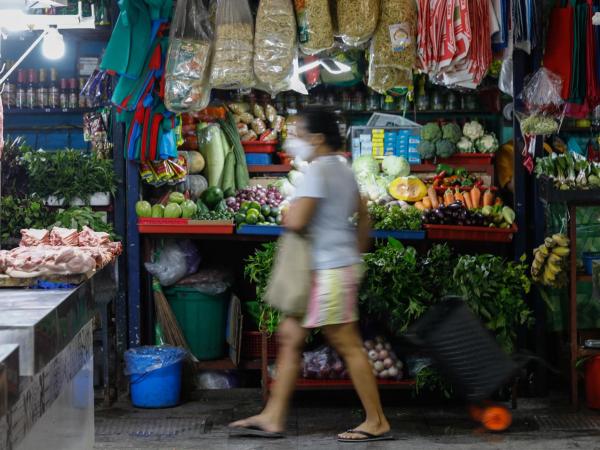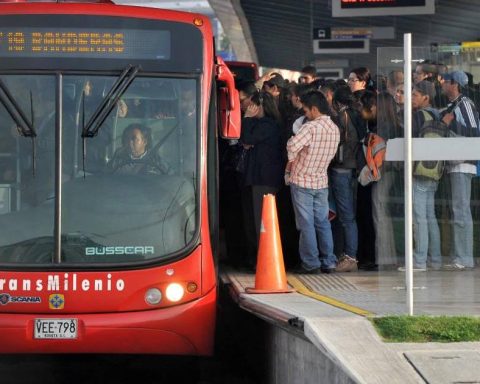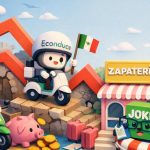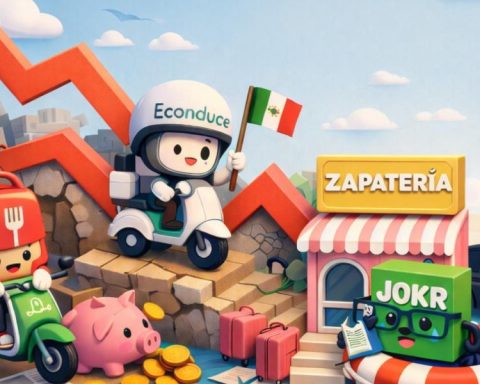Having presented all the inflation data for 2024, with a 5.20% annual variation at the end of last year, the local market now focuses its attention on what will come with the cost of living for the current period, given that if Well, everyone takes it for granted that it will continue to fall, the question It focuses on the pace of decline, which for some would not be so marked in the coming months.
Some factors such as indexation, the behavior of public service rates, school expenses and a possible increase in fuel prices, if materialized, would have a direct impact on the results from now on. However, the call for now is only for careful monitoring.
More news: María Corina Machado was arrested at the end of demonstrations in Caracas, according to HRW
Firstly, experts from Scotiabank Colpatria assure that January and the first quarter are usually times of significant adjustments in prices, which are derived from the final economic actions of the year that ended and the references that mark issues such as rent, as well as adjustments. of the Capitation Payment Unit in health.
“For example, the increase in the minimum wage and inflation at the end of 2024 They will affect items such as rents, public transportation and tolls. The cost of living data for December serves as a reference for these variations. In addition, sectors such as restaurants and services will adjust their prices based on the salary increase,” they explained.
Inflation
iStock
Increases that have already occurred
In all this, we must keep in mind that the 2025 calendar began with several increases announced by the Government, such as the adjustment of prices such as diesel, which rose $169 since January 1 and reached a value of $10,725 per gallon, while regular gasoline, with an increase of $91, reaching an average of $16,085.
In addition, tolls suffered an initial increase of 2.7%, corresponding to a portion of 2023 inflation. On the other hand, the Financial Superintendence announced that the Mandatory Traffic Accident Insurance (Soat) has new maximum rates for 2025. , although here it must be made clear that some prices experienced a reduction of 8.68%, and the 50% discount was maintained for categories with a differential range.
Also read: Is the Colombia Sin Hambre program still valid in 2025?
Health and public transportation were also part of the increases that Colombians will have to experience at the beginning of the year and added to this, projections point to a slight slowdown in inflation in Colombia, driven by a stricter monetary policy and a possible stability in international raw material prices.
Although the index is expected to approach the target range of the Bank of the Republicfactors such as the exchange rate, climate and global tensions could generate upward pressures on key sectors of the economy.

Inflation
PHOTO: iStock
Silver shorts
In the midst of the increases and adjustments that have already been made and are yet to come, experts such as Camilo Herrera, founder of the firm Raddar, add that at the start of the year we usually experience what he knows as the ‘January slope’, a phenomenon which is characterized by a slight drop in household cash flow after December expenses.
“Household spending in the first months is not impacted by the issue of inflation in a significant way, because the majority of people have an increase in their salary and that causes them to collect or absorb at least many of the increases in prices. The headache of January is that people receive money at the end of January and most households were paid on December 20. So no It is 30 days without income, but 40, 41 days without income and that has an important impact,” he explained.
You may be interested in: Portfolio, economic media with the greatest reputation in Colombia, according to the firm SCI Mago
This analyst added that “in January there are prices that are going to rise close to 15%, 16%, 17% of the total inflation for the year, but in February there tend to be even greater increases on a specific basis. Clearly there are inflationary pressures in the Colombian market, especially due to the food sector, which is already beginning to have an impact.”
Herrera also said that this year new pressure will be added due to the increase in the tax on ultra-processed foods, soft drinks and plastic packaging, which could reverse the trend that inflation has recently shown.

Out of money
Source: IStock
“There is going to be an impact that must be had on the specific table in January, where that changes. So it would not be strange if in January inflation does not decrease as much or even rises, possibly in February as well, but it may regulate itself throughout the year,” he said.
Other experts consulted by Portafolio highlighted that the food and transportation sectors could continue to be the most volatile due to external and internal conditions, which would maintain challenges for households and economic planning and warn about the need for effective policies that control prices and protect the purchasing power of Colombians, while A sustainable economic recovery is encouraged in the midst of this uncertain environment.

















